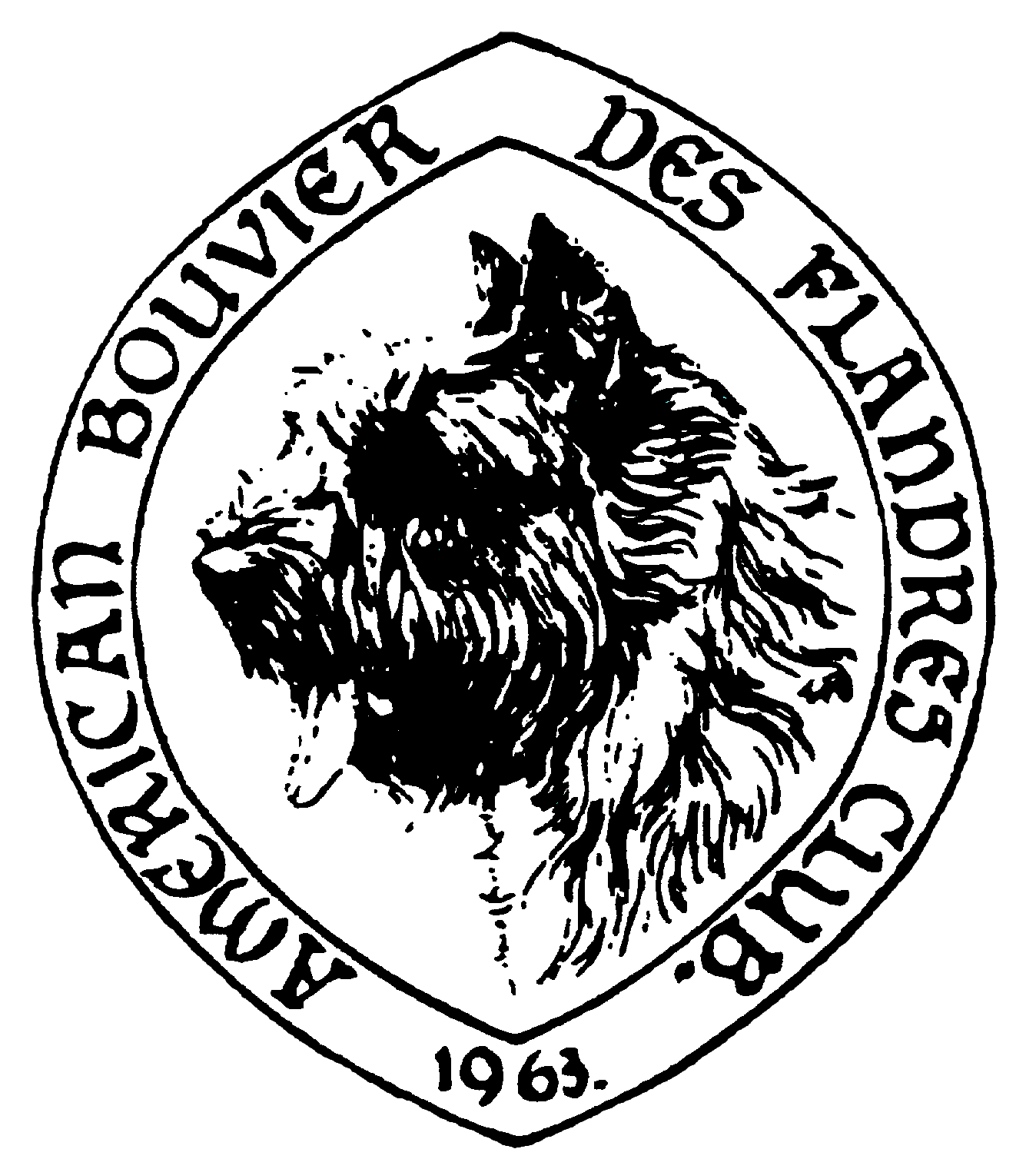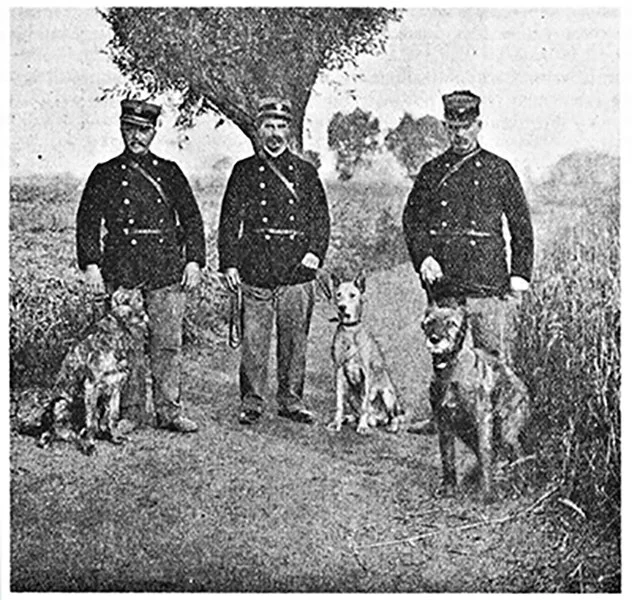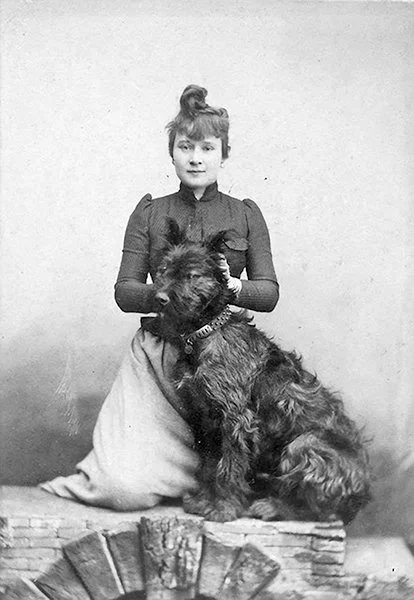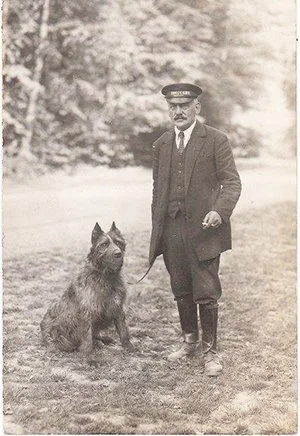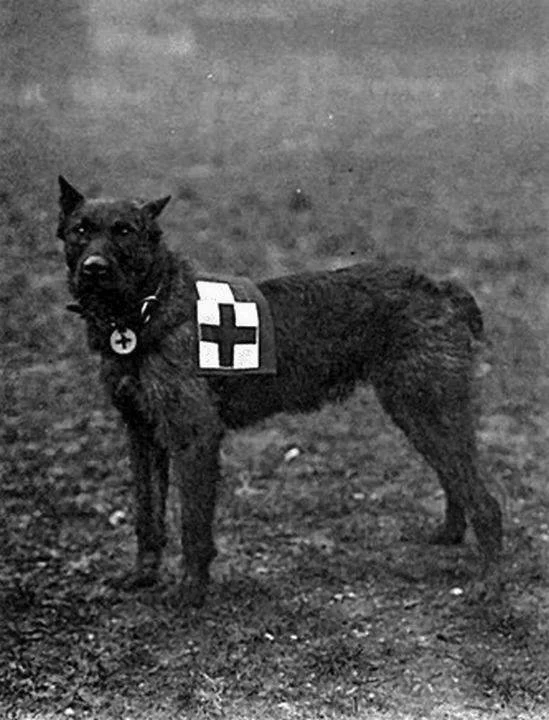
History
The Bouvier des Flandres originated in Flanders, which spans modern day France and Belgium. The French name of the breed means, literally, “Cow Herder of Flanders”, referring to the Flemish origin of the breed. Other names for the breed are Toucheur de Boeuf (cattle driver), Vlaamse Koehond (Flemish cow dog), and Vuilbaard (dirty beard).
The monks at the Ter Duinen monastery were among the earliest known dog breeders in Flanders. The Bouviers bred by them are recorded as having been bred from imports such as Irish Wolfhounds and Scottish Deerhounds with local farm dogs, until a breed considered to be the predecessor of the modern Bouvier des Flandres was obtained. This became a farmer’s dog with the ability to herd, guard cattle, and pull carts, and to withstand the local weather conditions due to its thick coat. However, they were not uniform in size, weight, in texture and color of coat, nor in the shape of the head. There were basically two types. The Bouvier des Roulers, a large, wiry black dog with a deep chest, ranged in height to 27-1/2 inches with coats of black, brindle, or dark gray. The Paret style was not quite as tall, ranging from 22-1/2 to 24-1/2 inches, with colors ranging from true fawn to sorrel, charcoal gray, and brindle. They were more barrel-chested with a coat which was not quite as wiry. These two types eventually developed into the Bouvier Belge des Flandres, recognized in 1910 by the Societe Royale St. Hubert, Belgium’s national kennel club. It was not until 1933, that registrations were made under the current name, Bouvier des Flanders. These early Bouviers were used on farms to herd cattle. They worked, not by chasing, but by blocking and moving lead cows. Utilizing the strength and endurance of these animals to an even greater degree, the Bouvier became a draft animal, pulling milk and cheese carts, as well as turning millstones. In order to accommodate the harnesses worn by the dogs and to prevent injury to tails, the farmers docked the dog’s tails shortly after whelping. Because non-working dogs at that time were taxed, the Bouviers ears were cropped.
During World War I, the breed was nearly destroyed. Flanders was devastated and breeding activity came to a stand still. Most animals were abandoned and died, and others were acquired by the Germans. World War II brought further hardship to the breed where those breeding programs in France were similarly destroyed. Bouviers were so valued by the Allies in both wars, who used them for pulling ambulance and supply carts, scenting the living wounded from the battlefield and sounding alarms, that the Axis shot Bouviers upon sight. Because of the efforts of a few dedicated people, well-hidden dogs saved the Bouvier as a breed from extinction.
The Bouvier became recognized by the AKC in 1929 but it was not until the late 1930’s before more than several dogs were registered. Edmee Bowles is given credit for firmly establishing the breed in the United States. when she fled from Europe after World War II.
The Bouvier today is found world-wide and continues to evolve as a versatile, intelligent breed which adapts easily to a variety of work situations and lifestyles.
